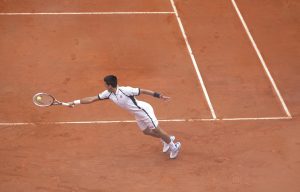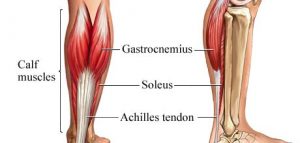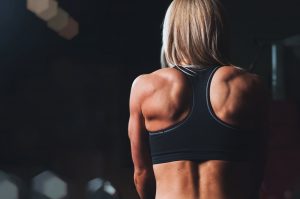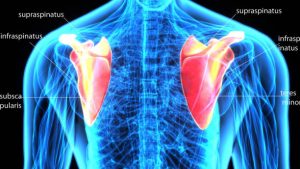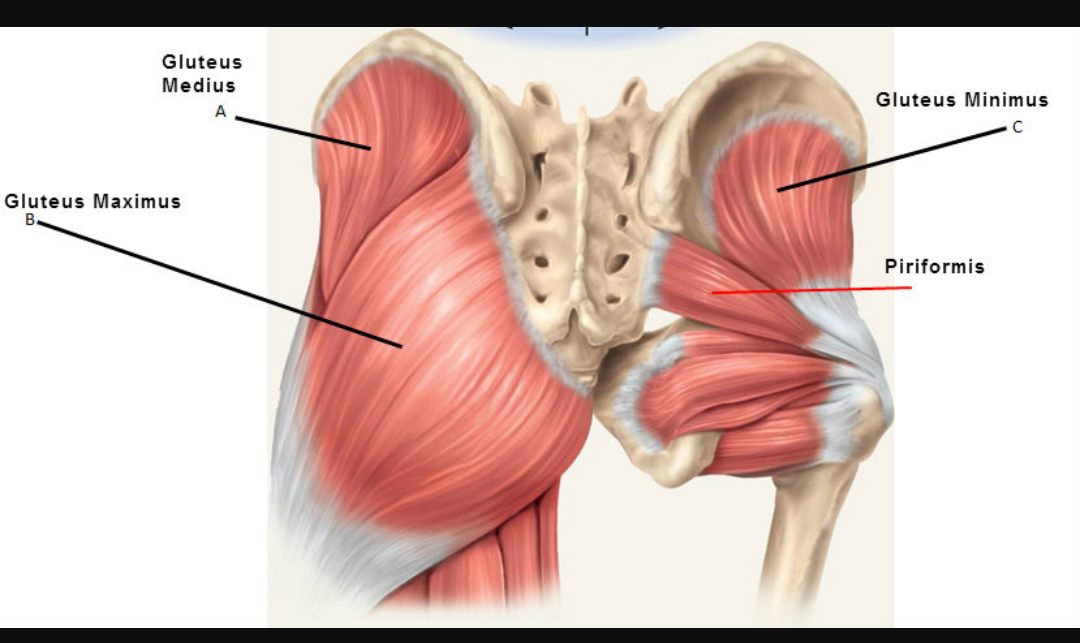In this video we look at three key exercises for Tennis Elbow!
read morephysio south dublin
All posts tagged physio south dublin
10 Thing’s You Didn’t Know About Tennis Elbow
Peak Physio February 27, 201910 things you didn’t know about Tennis Elbow
- The condition was initially described in 1873. The name “lawn tennis elbow” first came into use for the condition in 1882.
- Around 2 % of the population aged 30-50 will present with these symptoms.
- It is not just tennis players, Tennis Elbow is also known as Lateral Epicondylitis or Lateral Elbow Tendinopathy
- Our lateral elbow anatomy is made up of a number of components, the key component we have to assess when looking at Tennis elbow is our common wrist extensors. They create a broad tendon that inserts on the outside of the lower part of the humerus.
Achilles Tendinopathy – a common running injury
Peak Physio January 22, 2019Running is an excellent way to get fit! However, sometimes when we start a new program we can feel little niggles beginning to arise. Achilles tendinopathy is a common injury among runners, especially those who are increasing their training load.
What is the achilles?
The achilles tendon is the biggest and strongest tendon in the body located in the back of the lower leg. The tendon has the capacity to resist large forces. It stems from the calf muscles (the gastrocnemius and soleus) and inserts into the heel of our foot (the calcaneus).
What is Achilles Tendinopathy?
A tendinopathy is a disorder which can happen when there is disrepair and disorganisation within the tendon structure. This can happen when there is excessive load placed on the structure, for example if someone starts running and increases their mileage too quickly.
The effects of overuse, poor circulation, lack of flexibility, gender, and hormonal factors can lead to tendinopathies. The structure of the tendon is disturbed by repetitive strain, causing inflammation. This cumulative microtrauma weakens the tendon, which ultimately leads to tendinopathy, especially if recovery is not allowed.
read moreWhat Is My Rotator Cuff & Why Is It Important?
Peak Physio November 8, 2018What is the rotator cuff?
The shoulder is the the most unstable joint in the body and comprises by 3 main parts the glenoid, the humerus and the scapula (shoulder blade). The shoulder joint is stabilised by several structures; ligaments, capsule and the tendons of the rotator cuff. The rotator cuff is made up of 4 muscles, SUPRAPINATUS, INFRASPINATUS, TERES MINOR and SUBSCAPULARIS. These muscles work together to rotate the arm inwards and outwards and also work to take the arm away from the body to the side. These muscles can be injured in several ways with repetitive movements, trauma, muscular imbalance or adaptive postures.
Why is it important?
read moreDesk Exercises!
Peak Physio October 23, 2018Check out these basic exercises that can help prevent stiffness whilst sitting at your desk all day.
read moreHip Rehabilitation Exercises
Peak Physio August 16, 2018In this video we look at three key exercises for Hip Rehabilitation.
read moreRunners Knee Rehab
Peak Physio July 31, 2018In this video we look at the early, mid and end stage rehab for Runners/Jumpers knee rehab
read moreAnkle Sprain Video Rehab Collection
Eoin July 16, 2018In these 3 video’s we look at early, mid and end stage Rehab of an ankle sprain.
read moreWhy Does Everyone Keep Telling Me To Do Pilates? Here’s Why!
Eoin March 29, 2018German-born Joseph Pilates invented the classical pilates method while working to rehabilitate soldiers badly injured in war. He used resistance devices attached to beds to allow bed ridden patients to exercise their muscles. He only wrote one book on his technique before he died. Since the passing of Joseph Pilates, the techniques have been modified and enhanced. The principles have been refined to reflect current understanding of anatomy, physiology and kinesiology.
read moreAre Your Bum(Gluts) Muscles Important In Cycling?
Eoin February 13, 2018
This is a must read for all you avid cyclists!
Having previously talked about the importance of the gluteal (bum) muscles. Now I’m going to look at this from the aspect of cycling, during the initial phase of cycling (12-4 o’clock) the glutes were an important muscle group for generating power, and by improving one’s ability to deliberately activate these muscles and improve their strength/power, one could reduce quadriceps (thigh) fatigue and improve cycling power output and performance. Frustratingly having looked extensively over the past week for some body of QUALITY research that would back up these ideas, I have found it a fruitless task.
read more
